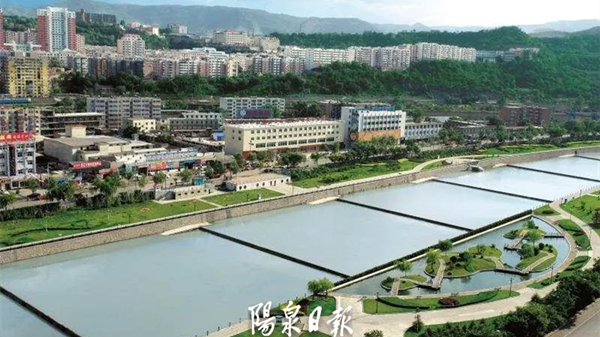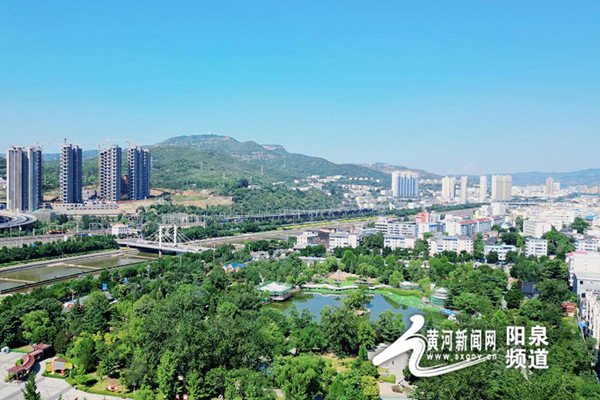Yangquan city shines in global battery industry
Yangquan city's battery technology has been widely applied to many e-product brands -- including Apple, Sony, Samsung, Tesla and Huawei -- with local leader Shanxi BTR New Energy Technology Co contributing a lot, according to industry insiders.
Based in Pingding county in the city, Shanxi BTR New Energy Technology Co is a subsidiary of BTR New Energy Material Co based in Shenzhen.
It has developed into a manufacturer of artificial graphite anode materials for batteries -- an indispensable raw material for smart phones and new energy vehicles -- with advanced techniques and the world's biggest production scale.
Industry insiders said the international battery material market was dominated by Japanese companies at the time of the company's establishment in 2011.
They said Japanese companies had mastered the technology behind artificial graphite anode materials, which is core part for production of artificial graphite anode material.
To break the technology monopoly and achieve breakthroughs in technological innovation, the Yangquan company has focused on localized technological innovation -- despite opportunities for doing business with international companies and scientific research institutions.
After hiring top professional staff from Shanghai and establishing a research team, Shanxi BTR New Energy Technology Co developed artificial graphite anode material purification technology superior to that of Japanese companies and it became a leader in the industry.
While carrying out technological innovations, the company has been making great efforts in quality management -- by streamlining quality management procedures and strengthening the management and quality controls throughout the production processes.
Significantly, in November 2012, the company passed the ISO9001:2008 quality management system certification.
The technical support and quality assurance of the company soon won itself recognition from local and international markets.
Last year, the company's production scale was further expanded with products being applied to the aerospace, photovoltaic and high-speed rail industries.





